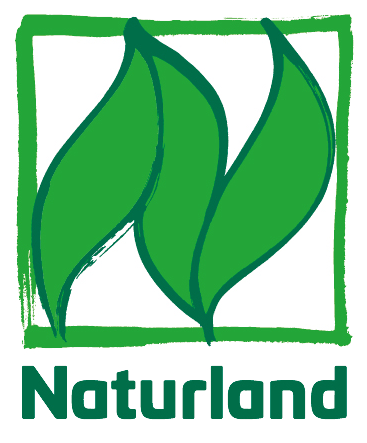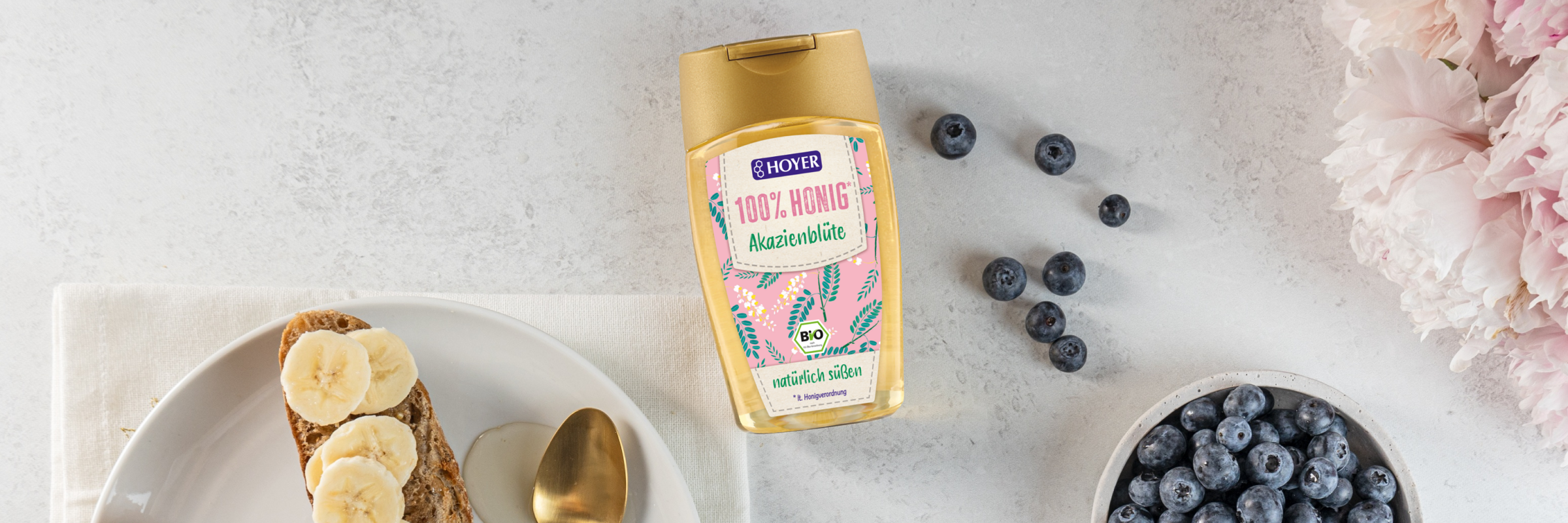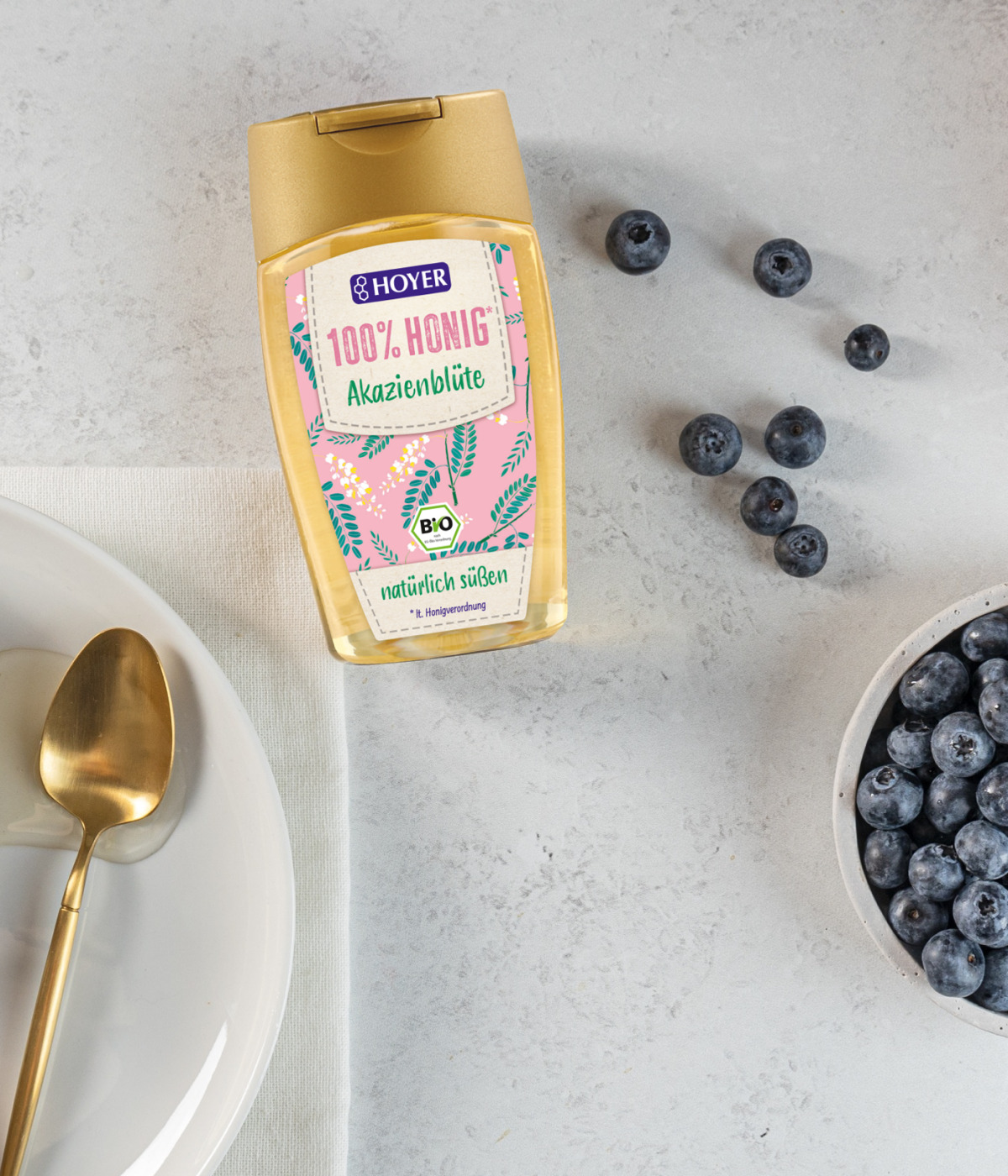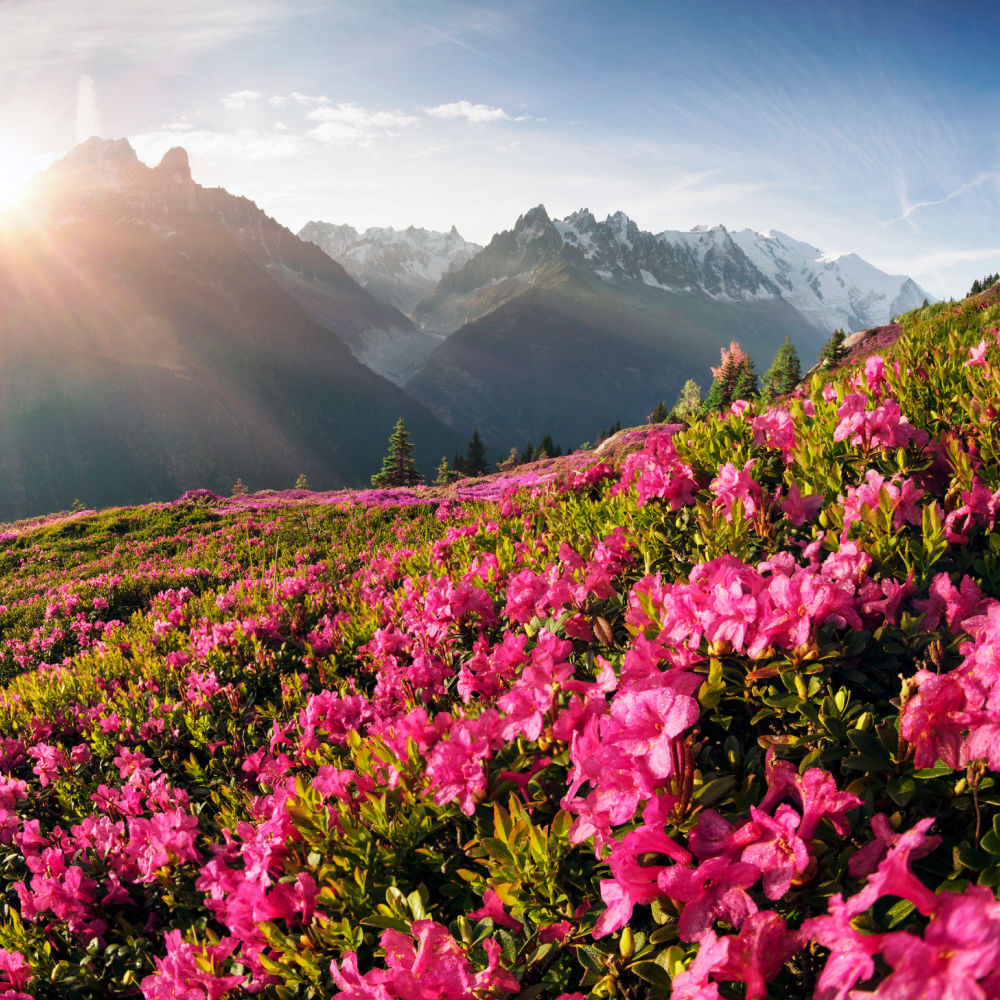17 products
-
Chestnut honey
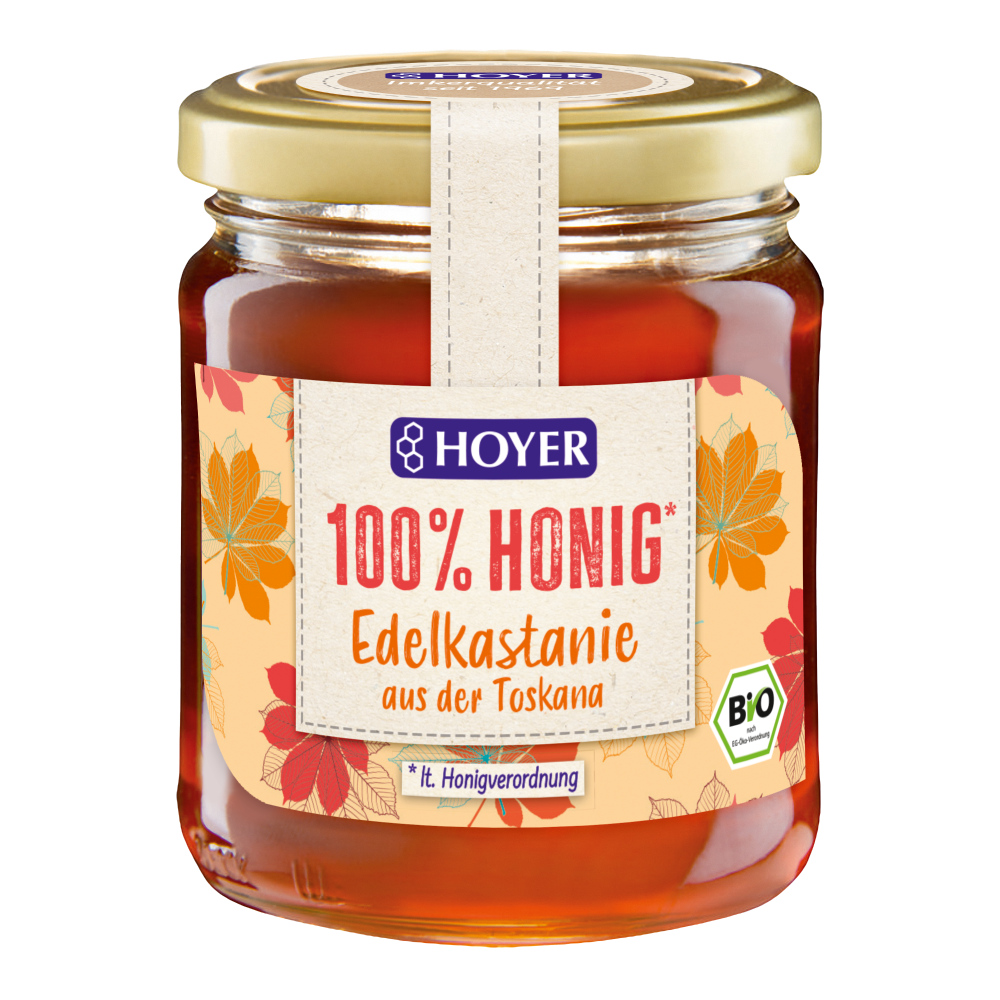
 Vendor:Chestnut honeyHoyer
Vendor:Chestnut honeyHoyer- Regular price
-
€5,99 €10,99 - Regular price
-
- Sale price
-
€5,99 €10,99 - Unit price
-
€23,96 per kg
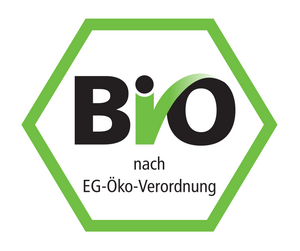
Quick view
-
Forrest honey
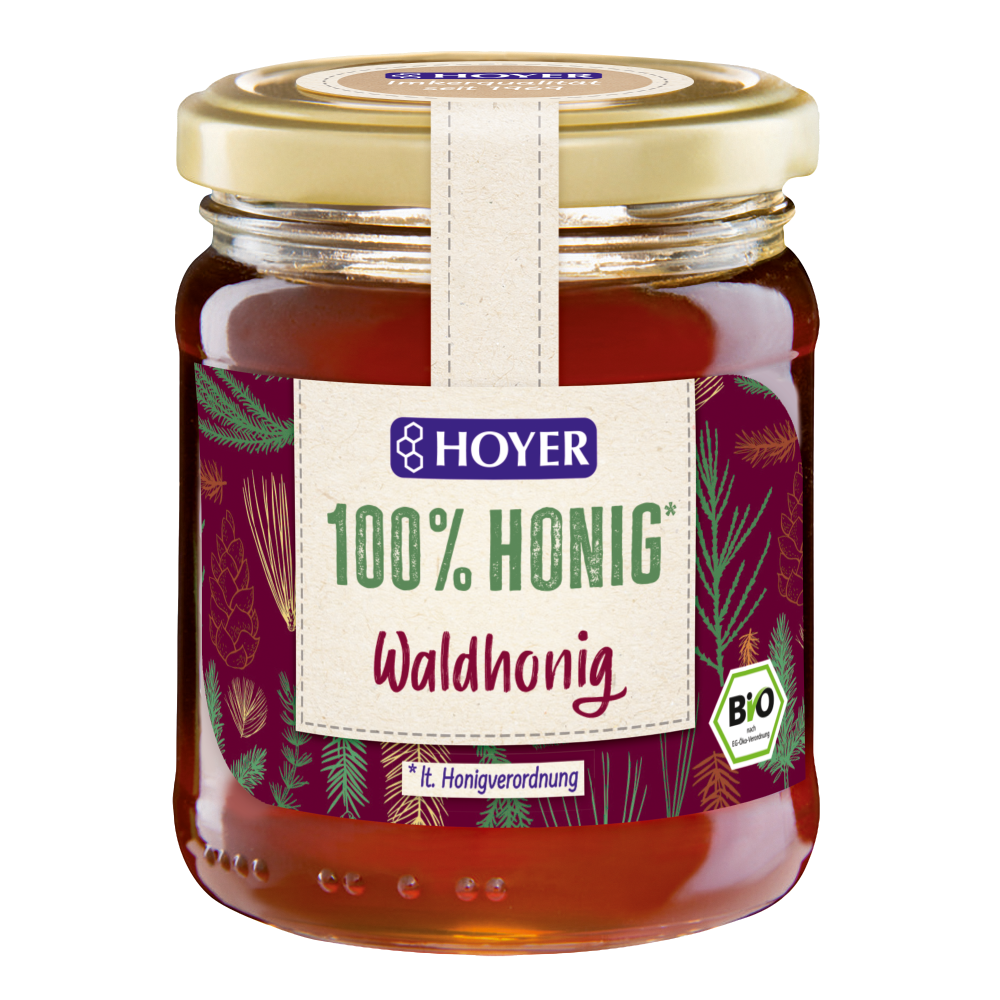
 Vendor:Forrest honeyHoyer
Vendor:Forrest honeyHoyer- Regular price
-
€5,49 €9,99 - Regular price
-
- Sale price
-
€5,49 €9,99 - Unit price
-
€21,96 per kg

Quick view
-
White fir honey
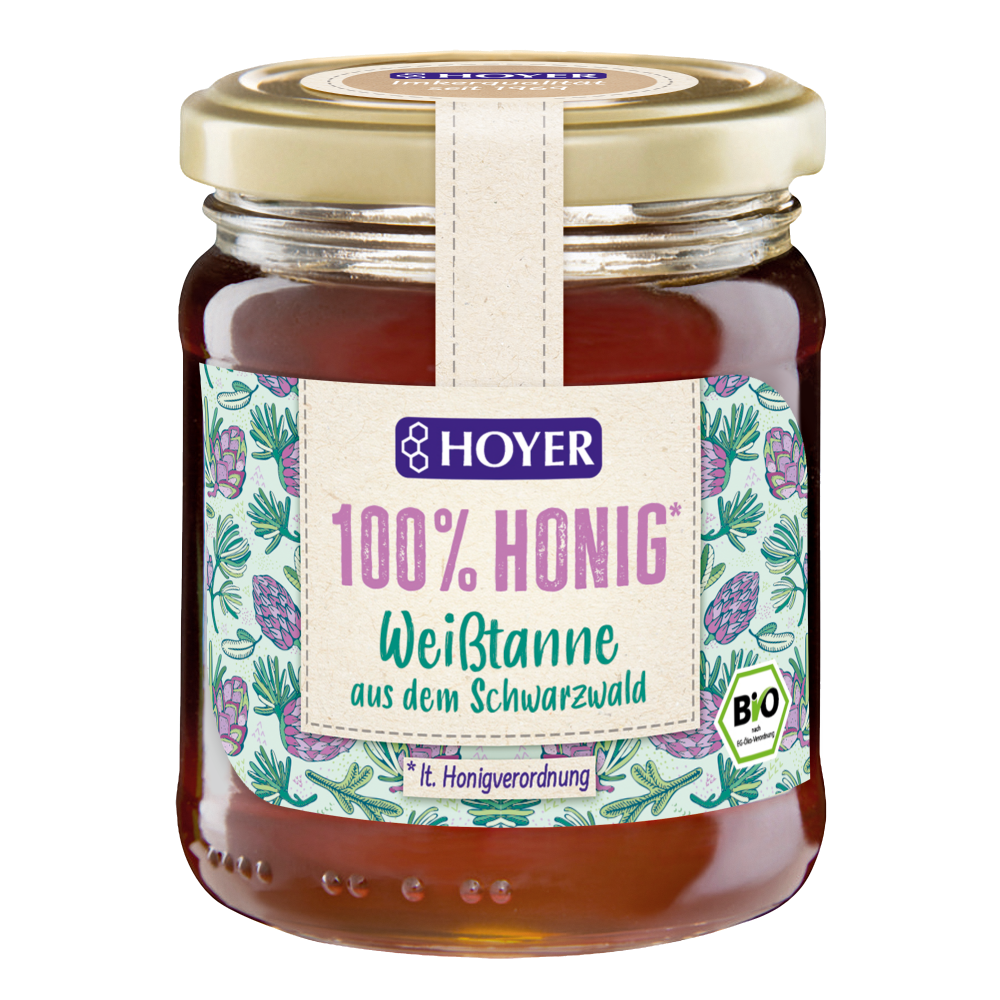
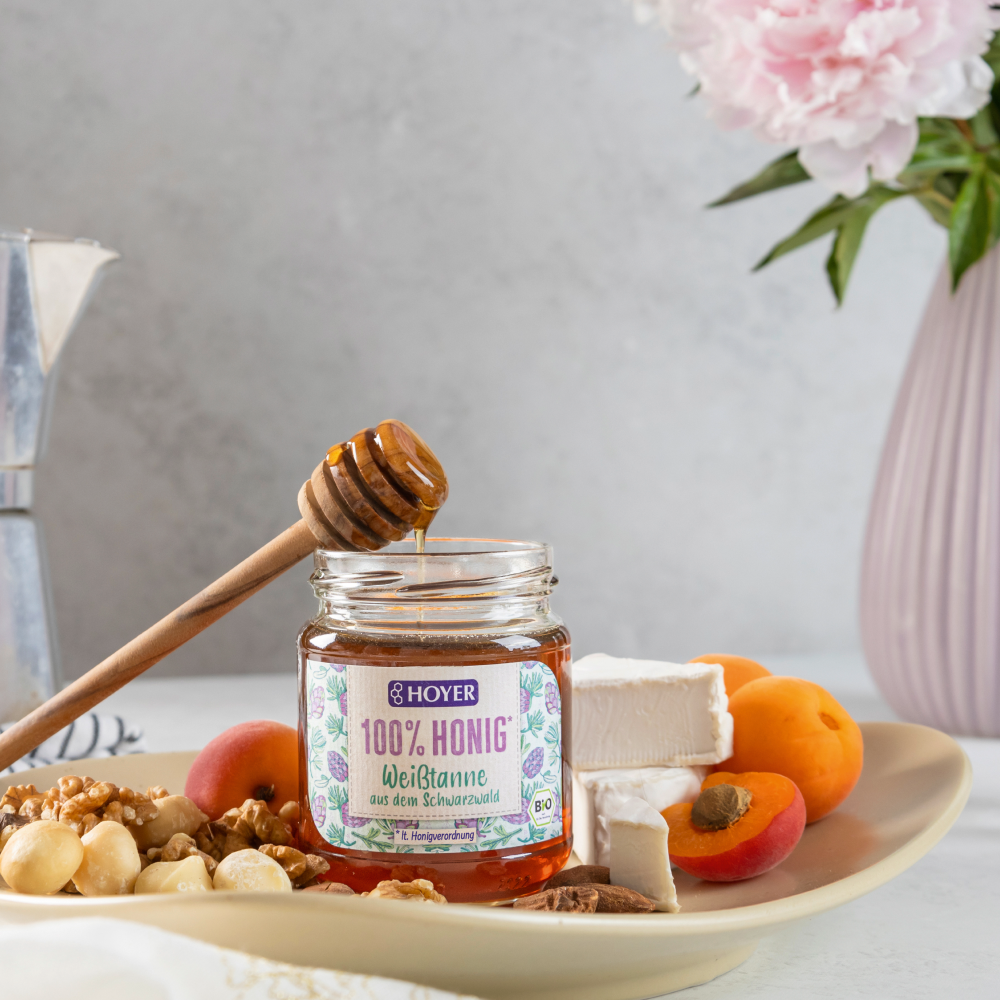 Vendor:White fir honeyHoyer
Vendor:White fir honeyHoyer- Regular price
-
€8,99 - Regular price
-
- Sale price
-
€8,99 - Unit price
-
€35,96 per kg

Quick view
-
Lavender honey
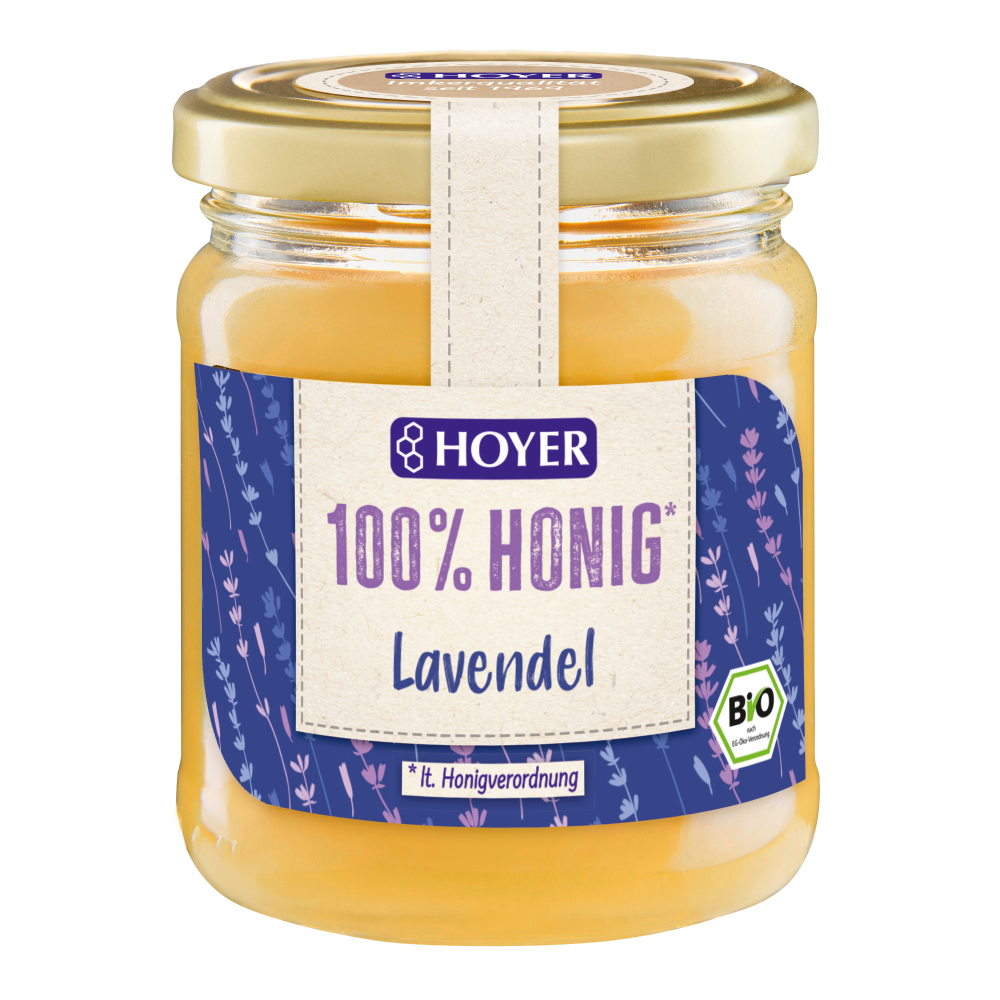
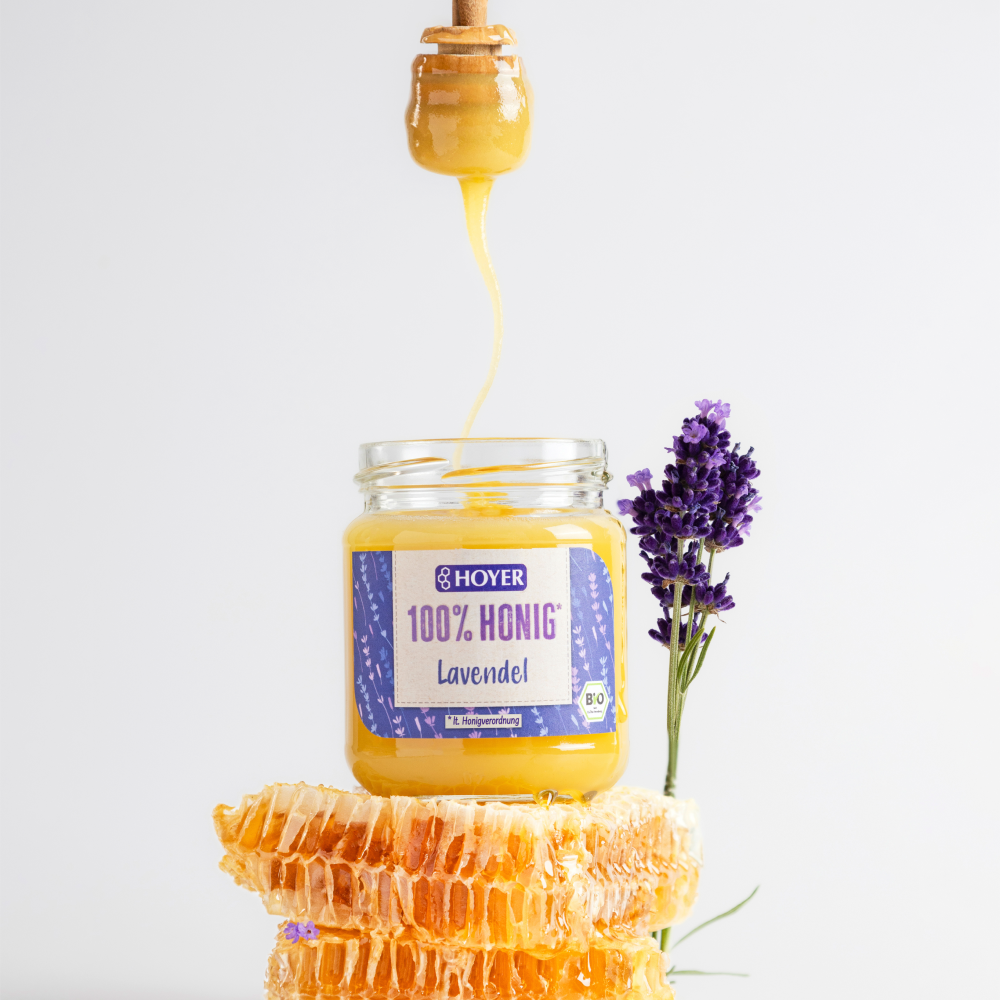 Vendor:Lavender honeyHoyer
Vendor:Lavender honeyHoyer- Regular price
-
€5,99 - Regular price
-
- Sale price
-
€5,99 - Unit price
-
€23,96 per kg

Quick view
-
Orange blossom honey

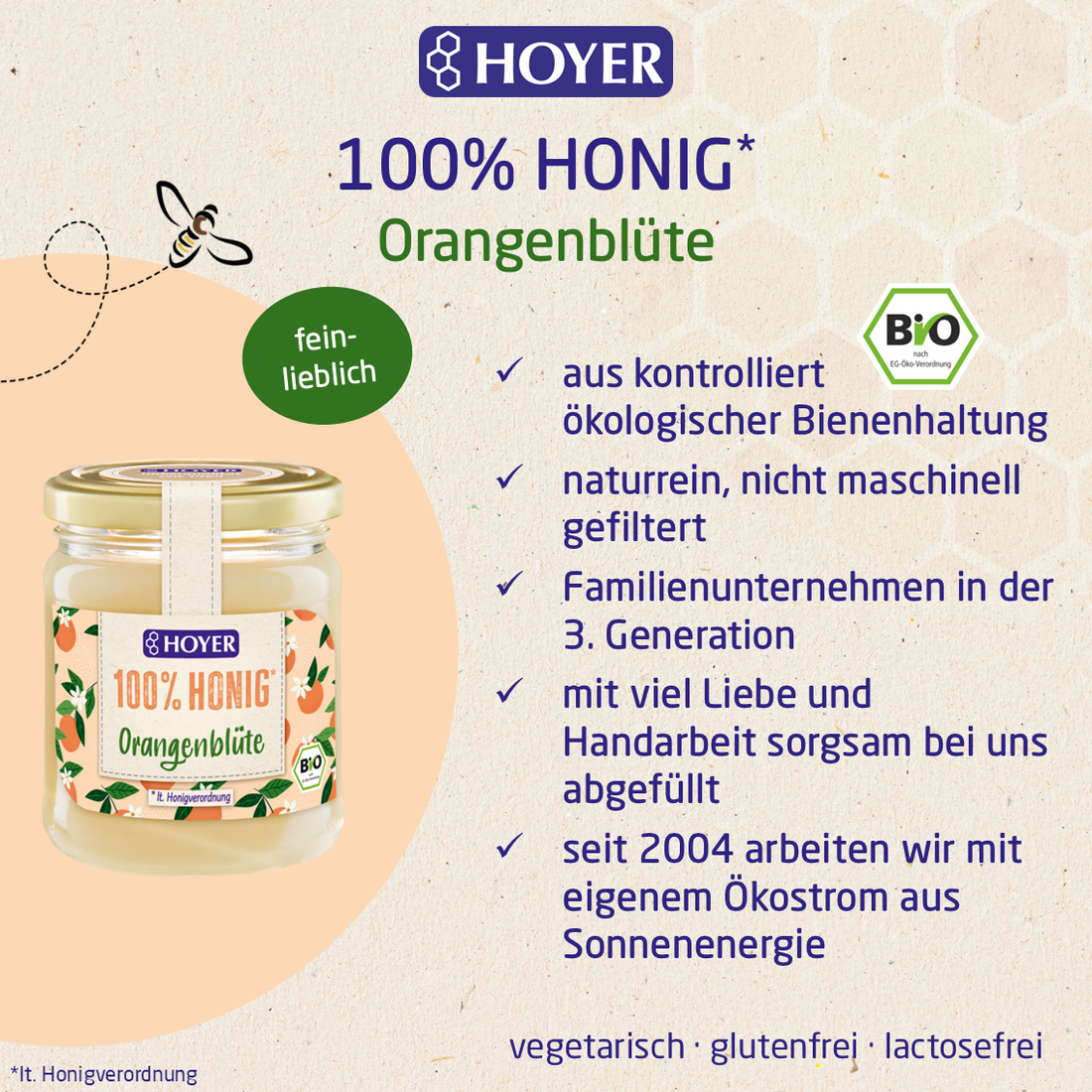 Vendor:Orange blossom honeyHoyer
Vendor:Orange blossom honeyHoyer- Regular price
-
€5,99 - Regular price
-
- Sale price
-
€5,99 - Unit price
-
€23,96 per kg

Quick view
-
Mountain honey
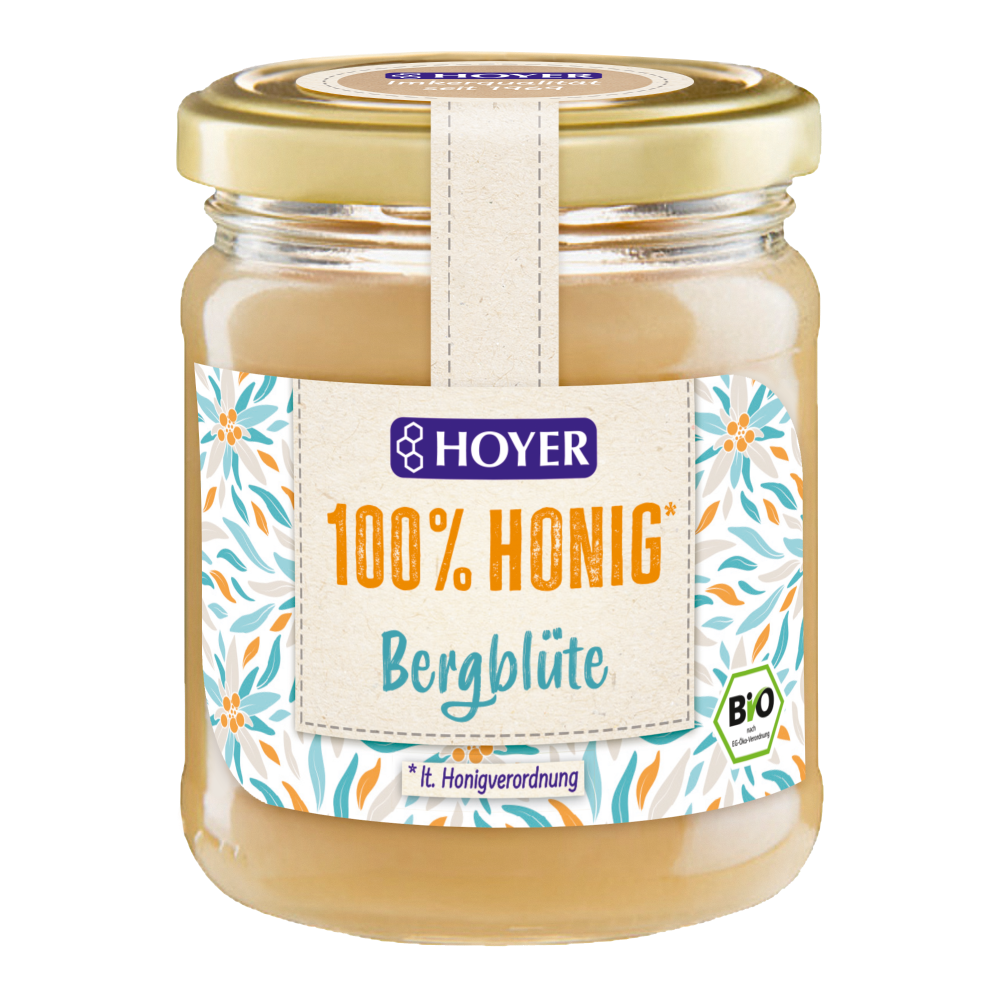
 Vendor:Mountain honeyHoyer
Vendor:Mountain honeyHoyer- Regular price
-
€4,29 €7,49 - Regular price
-
- Sale price
-
€4,29 €7,49 - Unit price
-
€17,16 per kg

Quick view
-
Acacia honey
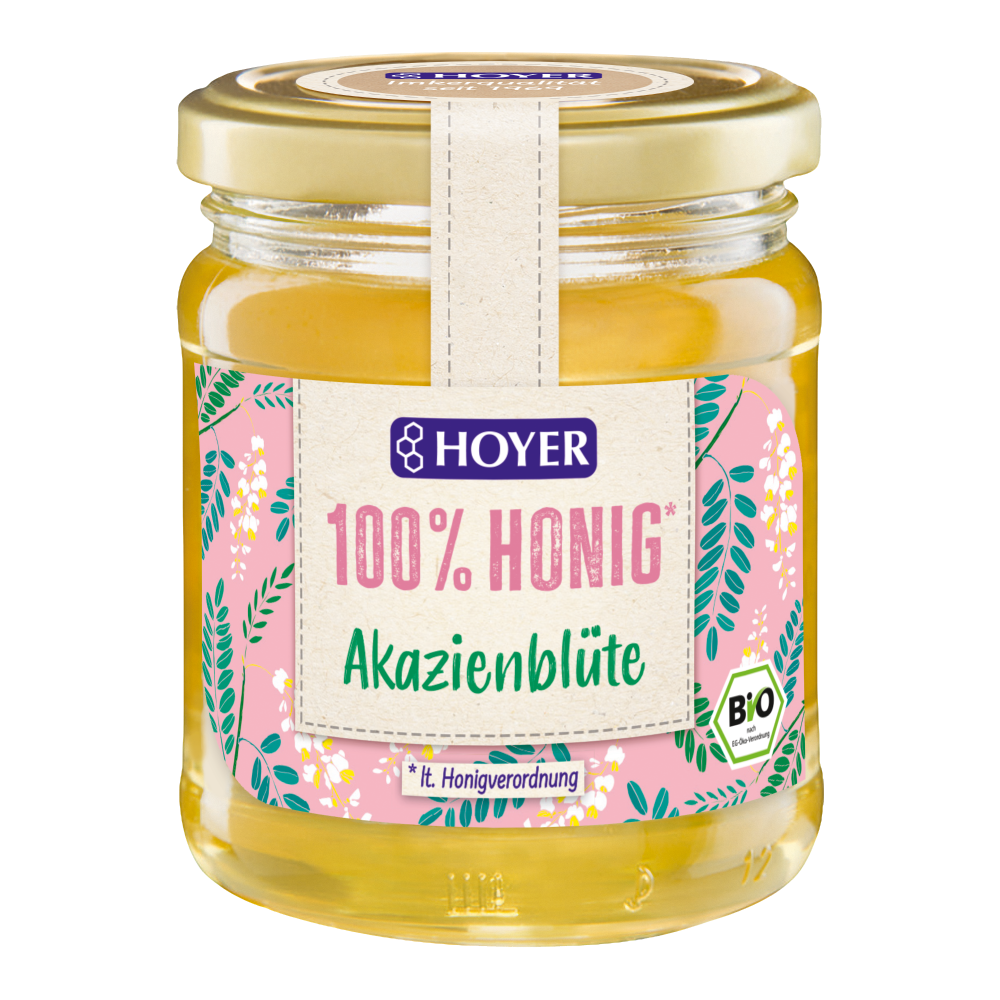
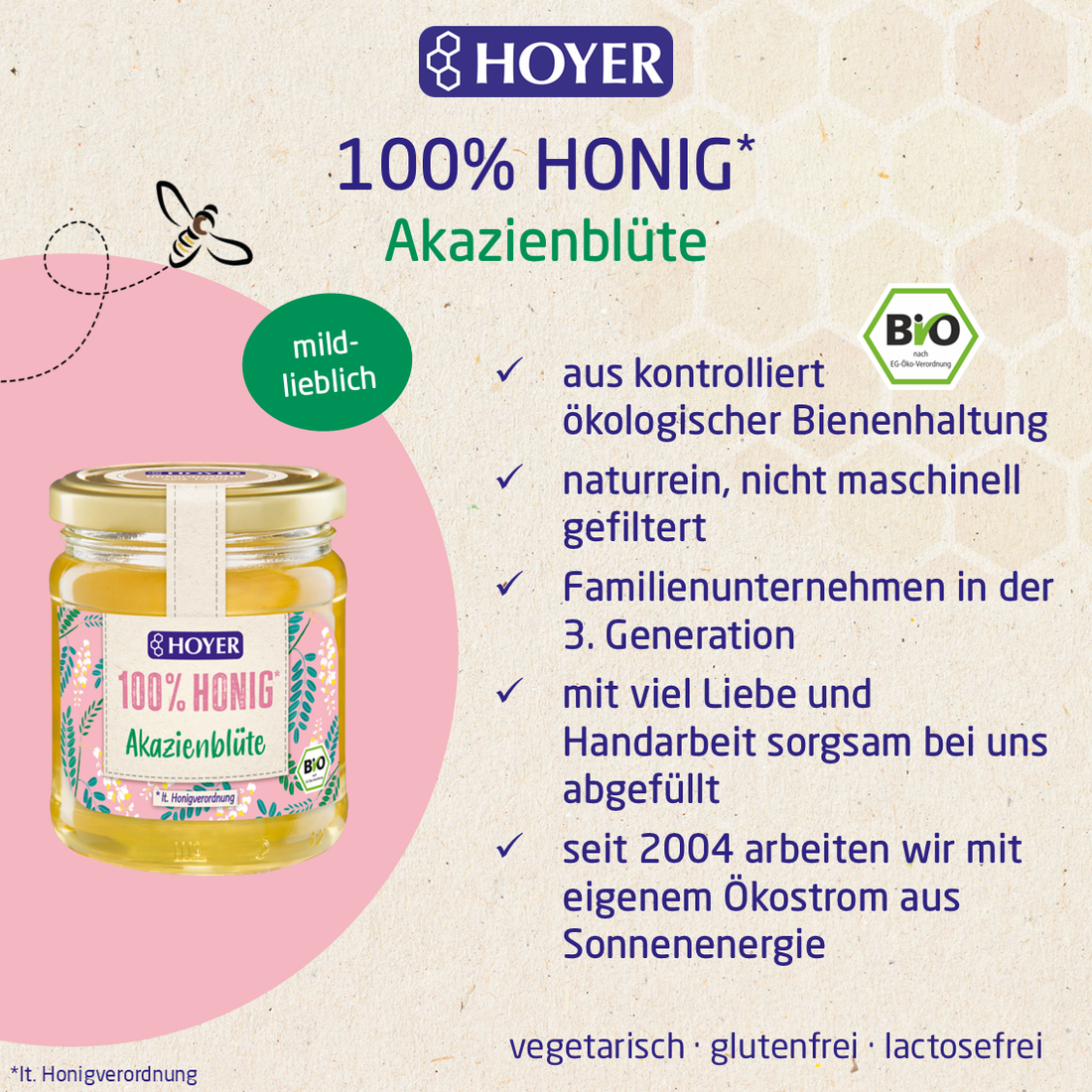 Vendor:Acacia honeyHoyer
Vendor:Acacia honeyHoyer- Regular price
-
€6,49 €11,99 - Regular price
-
- Sale price
-
€6,49 €11,99 - Unit price
-
€25,96 per kg

Quick view
-
Acacia honey squeeze bottle
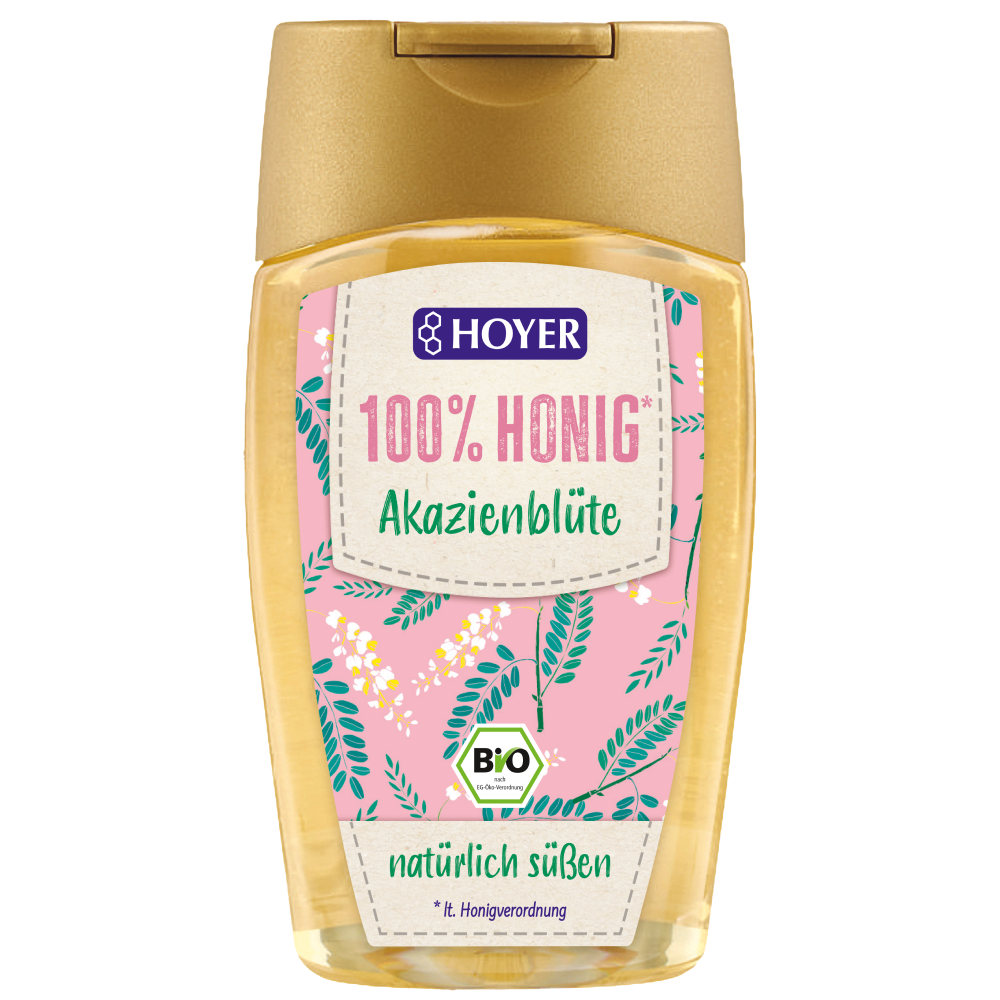
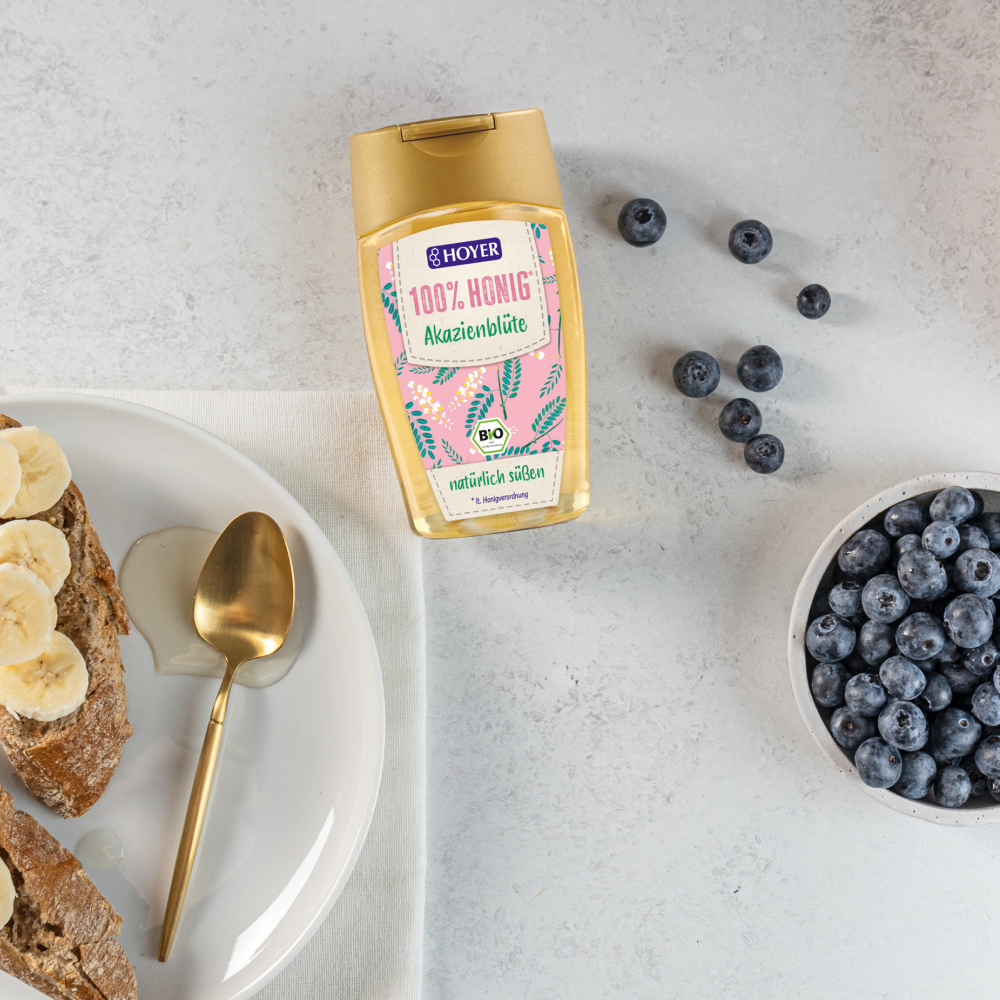 Vendor:Acacia honey squeeze bottleHoyer
Vendor:Acacia honey squeeze bottleHoyer- Regular price
-
€6,99 - Regular price
-
- Sale price
-
€6,99 - Unit price
-
€27,96 per kg

Quick view
-
Wildflower honey

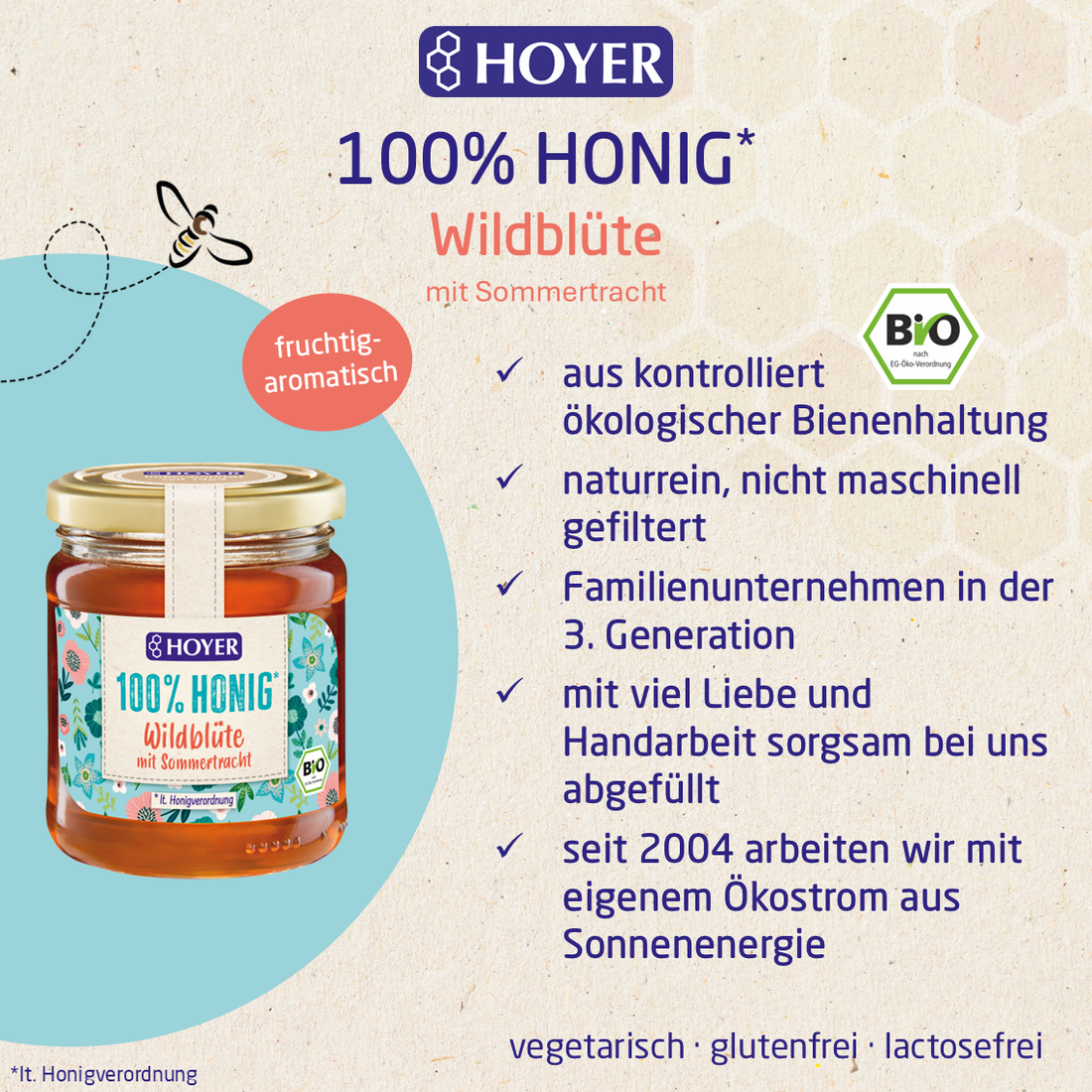 Vendor:Wildflower honeyHoyer
Vendor:Wildflower honeyHoyer- Regular price
-
€4,29 €7,49 - Regular price
-
- Sale price
-
€4,29 €7,49 - Unit price
-
€17,16 per kg

Quick view
-
Lime blossom honey
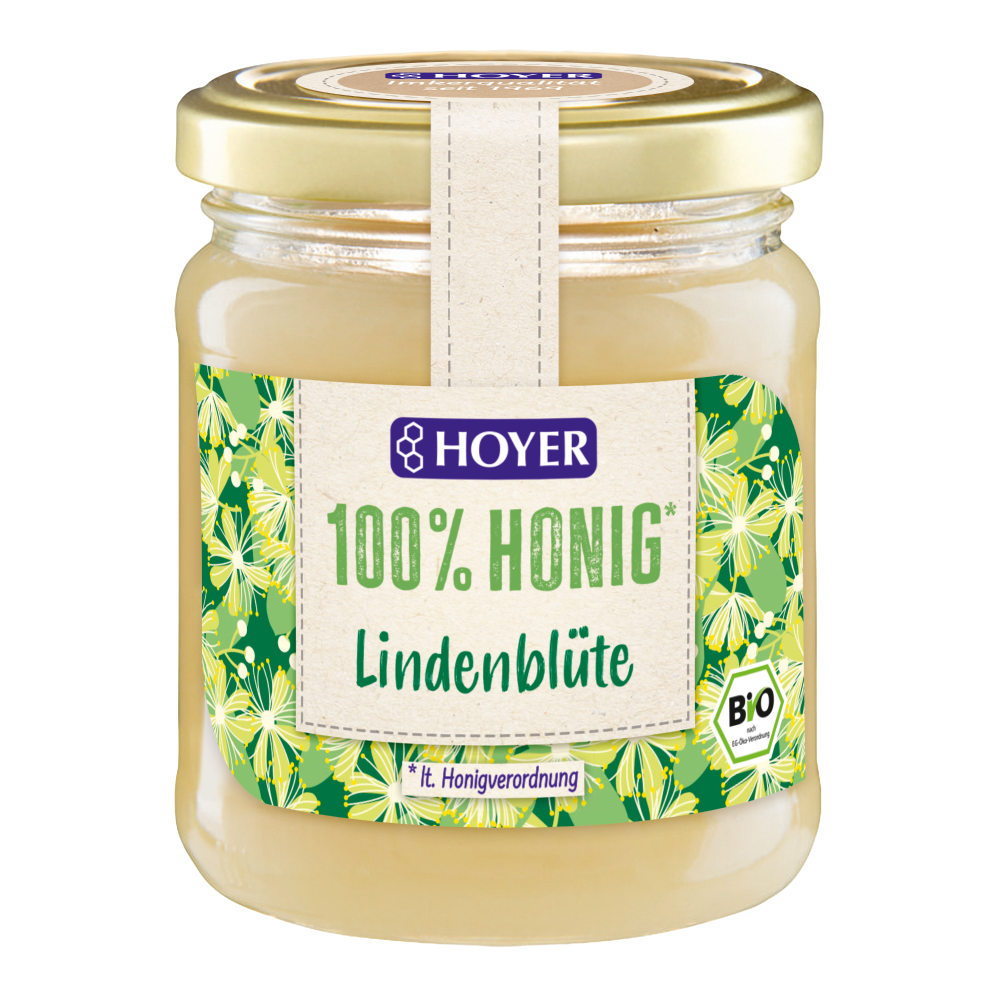
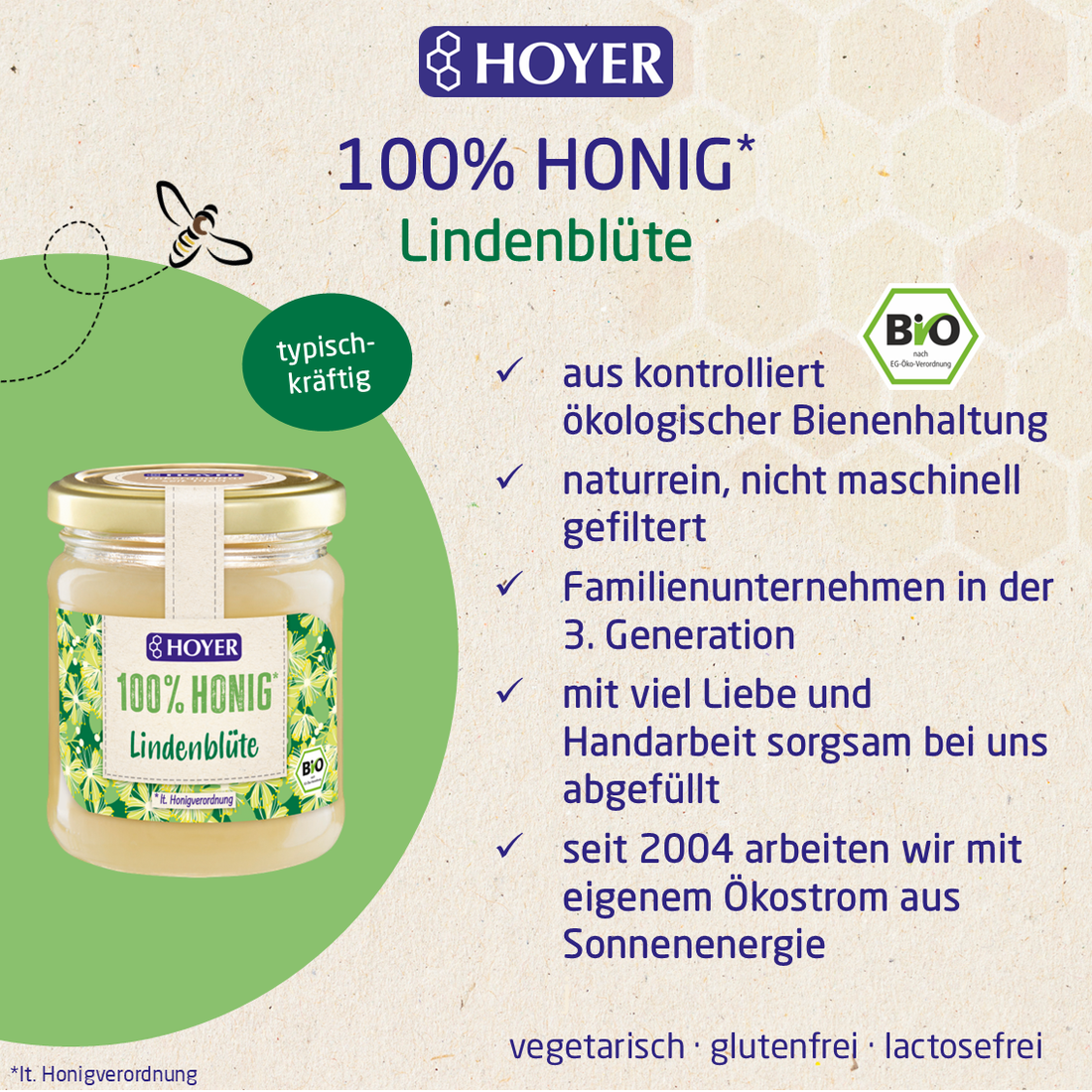 Vendor:Lime blossom honeyHoyer
Vendor:Lime blossom honeyHoyer- Regular price
-
€5,49 - Regular price
-
- Sale price
-
€5,49 - Unit price
-
€21,96 per kg

Quick view
-
Spring blossom honey
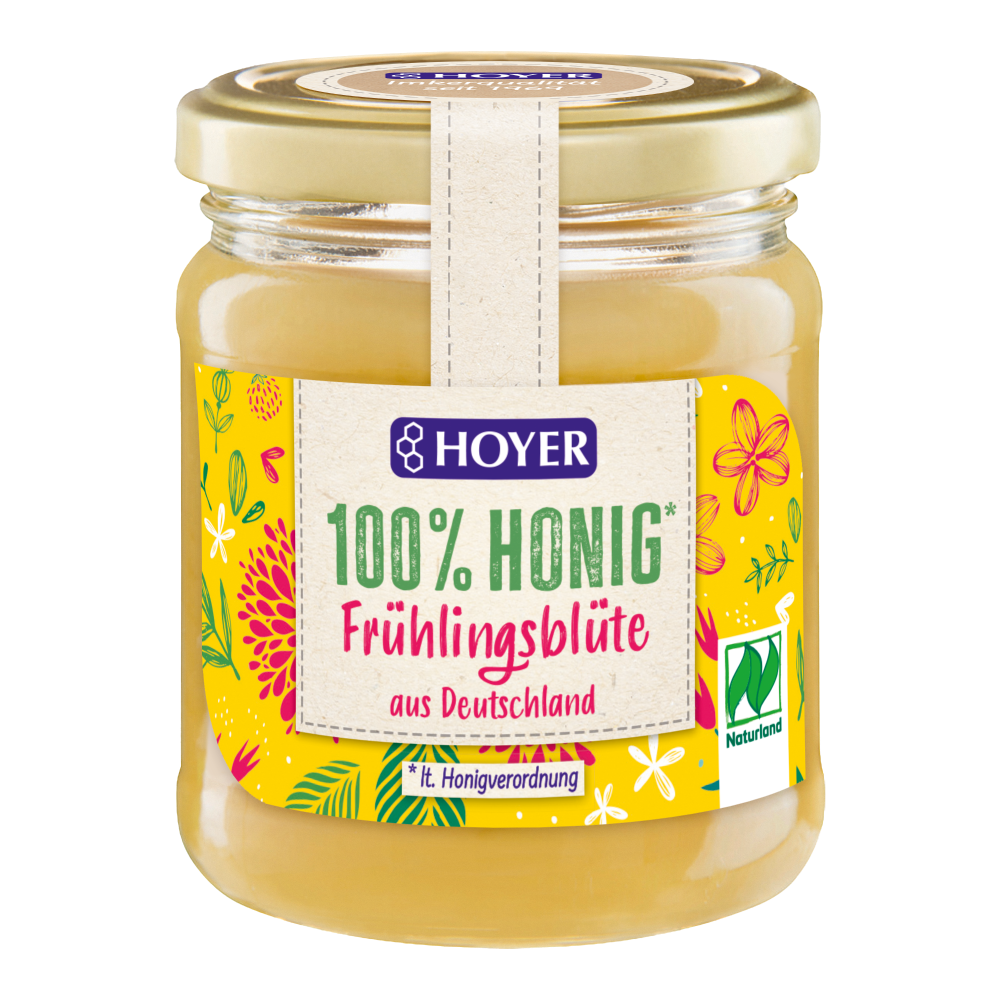
 Vendor:Spring blossom honeyHoyer
Vendor:Spring blossom honeyHoyer- Regular price
-
€5,49 €9,99 - Regular price
-
- Sale price
-
€5,49 €9,99 - Unit price
-
€21,96 per kg

Quick view
-
Meadow blossom honey

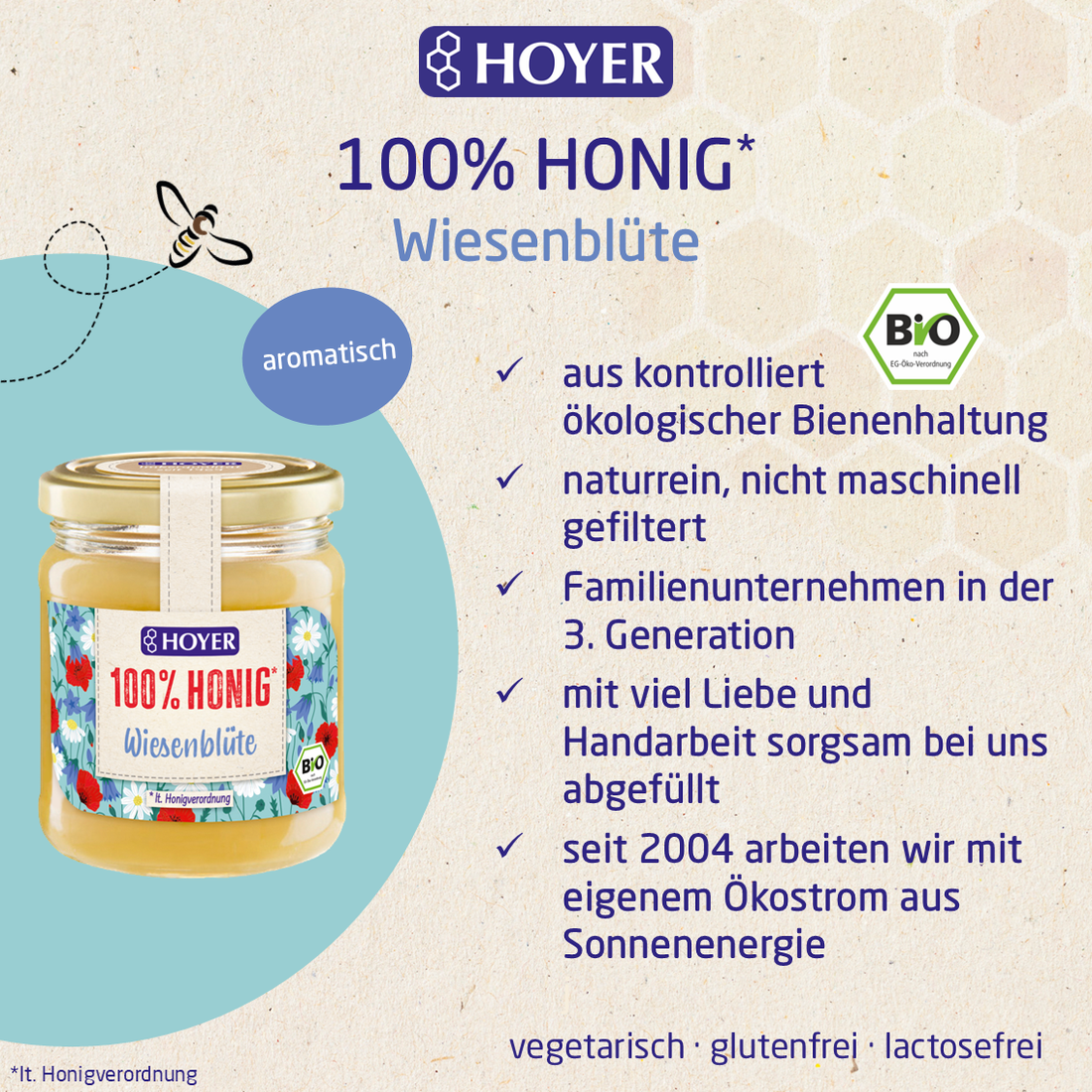 Vendor:Meadow blossom honeyHoyer
Vendor:Meadow blossom honeyHoyer- Regular price
-
€4,29 - Regular price
-
- Sale price
-
€4,29 - Unit price
-
€17,16 per kg

Quick view
-
Acacia honey with spring bloom

 Vendor:Acacia honey with spring bloomHoyer
Vendor:Acacia honey with spring bloomHoyer- Regular price
-
€19,99 - Regular price
-
- Sale price
-
€19,99 - Unit price
-
€19,99 per kg

Quick view
-
Country honey

 Vendor:Country honeyHoyer
Vendor:Country honeyHoyer- Regular price
-
€13,49 - Regular price
-
- Sale price
-
€13,49 - Unit price
-
€13,49 per kg

Quick view
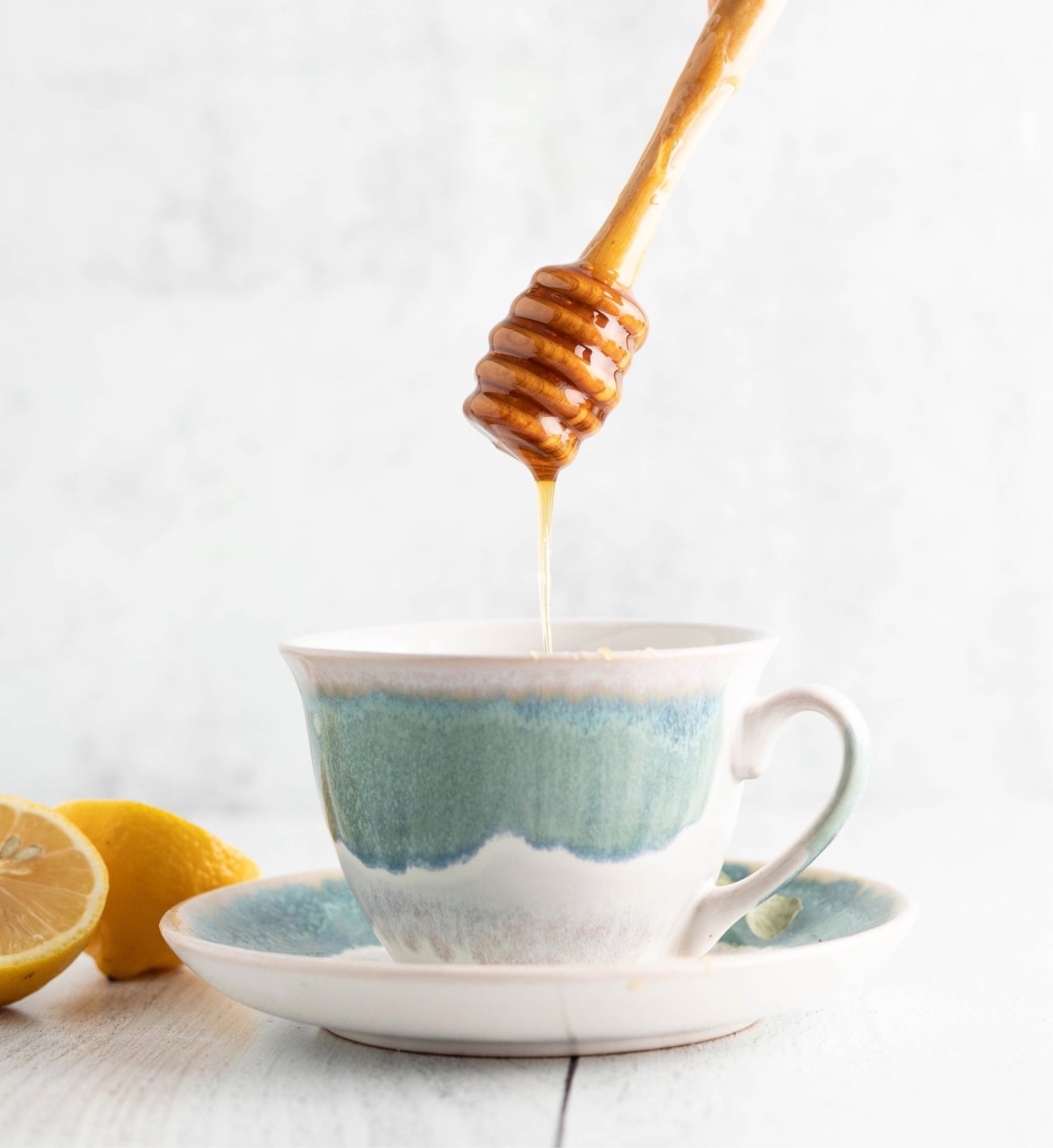
Our honey classics - the delicious diversity of nature
FAQ - Frequently asked questions about our honey
Why is it that some honeys are liquid and some are creamy?
What is the best way to store honey?
Why does HOYER offer honey from other countries?

With the power of nature
HOYER
Founded in 1969 as a beekeeping business in Polling, Upper Bavaria, we can now look back on decades of experience from the production to the processing of high-quality beekeeping products.
HOYER stands for trust, enjoyment & reliability and we strive to uphold and continuously develop these values.
Dive into the world of bees and enjoy honey and other beekeeping products in the best organic quality.


